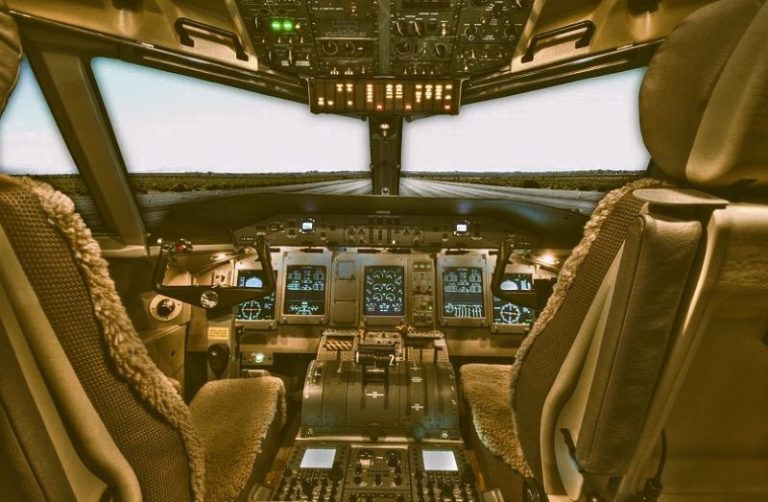

Accurate video annotation is key to making self-driving cars work. Without clear labels for lanes, cars, people, and signs, the system can’t make safe decisions. A good annotation tool helps the model understand what’s happening on the road.
As demand grows, teams are finding new ways to keep annotations high quality. They focus on choosing the right video annotation service, automating repetitive work, and sometimes outsourcing. The goal is to make annotation faster, more consistent, and useful for real driving situations.
Current Challenges Slowing Down Progress
Video annotation for autonomous driving is getting better but several problems still slow things down. These challenges affect speed, accuracy, and overall reliability.
Accuracy Isn’t Consistent
Small labeling mistakes can cause big problems. If one object is labeled wrong, the model can misinterpret the scene. Annotation rules often vary from person to person. That makes it hard to get reliable data across thousands of videos. Without consistency, models learn bad habits.
Scale Brings Trade-Offs
Larger datasets take longer to label. Manual labeling, frame by frame, is slow and expensive. Teams try to go faster, but this usually lowers quality. Automation helps, but it’s not perfect. Most auto-labeling tools struggle with rare situations like heavy rain, low light, or odd road events.
Annotation Costs More Than You Think
Running an in-house annotation team takes time, money, and ongoing training. And if bad labels slip through early, fixing them later takes even more work. That’s why many teams choose outside help. A good provider of video annotation services can handle large-scale projects and help avoid common (and costly) mistakes.
Edge Cases Are Still Missed
Real roads don’t follow a script. People jaywalk. Signs get covered. Streets change. These rare moments, called edge cases, are hard to find and label. But they’re important. Models need to learn from them to work safely in the real world.
Tools Don’t Always Work Well Together
Many teams use multiple tools for one job. One tool for viewing video. One for labeling and one for checking quality. Switching between them wastes time and increases mistakes. Picking the right video annotation tool means finding one that does everything you need in one place—and grows with your team.
Emerging Trends in Video Annotation
Video annotation is evolving. New methods and tools are helping teams work faster, label smarter, and train better models. Here’s what’s changing.
Shift from Image to Video-Based Training
Most early models trained on still images. But driving is about motion. Cars, people, and signs change quickly from frame to frame. Training on full video sequences helps models understand movement, context, and timing. It also reduces labeling mistakes that happen when frames are seen in isolation.
More Use of Pre-Annotation and Automation
Teams now rely more on tools that can pre-label common objects like cars, lanes, or signs. These auto-labels aren’t perfect but they save time. Humans still review and correct the labels. This mix works well. It speeds up work without losing accuracy. But for rare or complex cases, human input is still better.
Smarter Data, Not Just More Data
Having more data doesn’t always help. What matters more is having the right data. Teams now use active learning, where the model shows what examples it struggles with. These get labeled first. This improves model performance faster and avoids wasting time on easy cases.
Feedback Loops Are Getting Tighter
Annotation is no longer a one-time task. It’s now part of a loop. Teams check how the model performs, find weak spots, then update labels or add new ones. This loop improves both the labels and the model. It also shows where annotation guidelines need to change.
How Teams Can Improve Annotation Today
You don’t need new tech to improve results. Better strategies and workflows can make a big difference, even with existing tools.
Match Labels to Real Driving Scenarios
Don’t label everything the same way. Focus on what the model will actually see on the road.
- Prioritize high-risk situations like crosswalks, intersections, or bike lanes.
- Use different label sets for urban vs. highway data.
- Skip labeling unimportant objects; focus on what affects driving decisions.
Make Quality Checks Part of the Process
One bad label can ruin a training set. Regular checks help stop errors early.
- Set up quick reviews after every batch of labeled video.
- Use cross-checking: one person labels, another reviews.
- Track accuracy with clear metrics, not guesswork.
Train Annotators on What Really Matters
Labeling traffic scenes takes more than just clicking boxes. Annotators need to understand driving rules and why certain events matter.
- Explain why labeling a stopped bus or a child crossing matters.
- Use real examples from failed models to show impact.
- Give feedback based on how their work affects model results.
Keep Your Tools Simple and Aligned
Using too many tools slows teams down. Stick with video annotation tools that support your full workflow—from raw footage to export-ready data.
If you’re using video annotation outsourcing, work closely with the provider to match tools, guidelines, and review methods.
What to Watch in the Next 3–5 Years
Video annotation is changing fast. Over the next few years, expect major shifts in how data is labeled, managed, and used to train autonomous systems.
Real-Time Annotation and Feedback
Right now, annotation happens after the fact. Soon, cars may feed real-time data back to labeling teams.
- Teams will label clips from recent drives while they’re still fresh.
- Quick updates will fix model blind spots faster.
- Feedback loops between vehicles and annotation teams will get tighter.
This makes learning from real-world performance much quicker.
Localized Annotations and Data Privacy
More teams are using federated learning — training models without moving raw data. Labeling will follow the same idea.
- Annotations happen where the data is stored (e.g., in the country or region).
- Local teams review local footage, keeping it compliant with data laws.
- This reduces privacy risks and speeds up review cycles.
Expect to see more demand for region-specific annotation pipelines.
Specialized Tools for Each Use Case
General-purpose platforms won’t cut it much longer. Autonomous driving needs tools built for its complexity.
- Trucking companies need tools focused on highway scenarios.
- Robotaxi projects need better handling of dense city footage.
- Tools will adapt to different sensors, like LiDAR and thermal video.
More teams will choose platforms built for their specific task, not one-size-fits-all tools.
Final Thoughts
Video annotation is still a key part of making autonomous driving work. But the way it’s done is changing. Teams are moving from labeling more data to labeling smarter and faster.
Better tools, clearer processes, and strategic use of video annotation outsourcing are helping teams focus on what matters most: model performance in real conditions. That’s where real progress happens.


